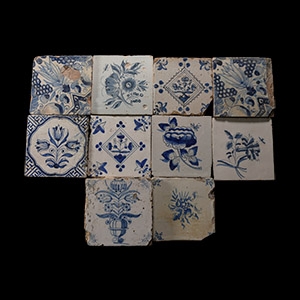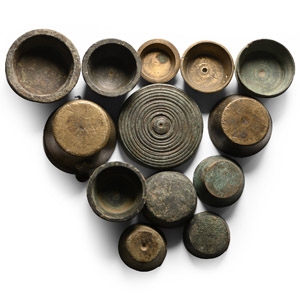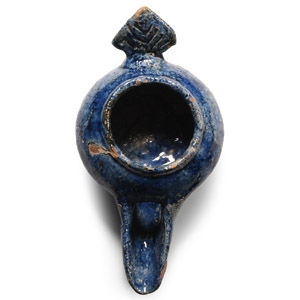Home > Auctions > 3 - 8 September 2024
Ancient Art, Antiquities, Natural History & Coins
Auction Highlights:
From the collection of the famous author, writer and speaker, Gordon Bailey, Essex, UK; formed since 1968.
Cf. Bailey, G., Detector finds 2, Witham, 1993, p.56.
Published in Bailey, G., Detector finds 2, Witham, 1993, pp.55-57.
Iron pattens first came into use probably in 17th century A.D., and gained popularity during the first half of that century. The original design of the patten was as one piece of shaped wood attached beneath the sole of the shoe; this evolved into to a wooden platform attached to the underside of an iron ring. The pattens were thus forerunners of the Wellington boot which came into use in the 19th century A.D.
Acquired on the UK art market.
From the private collection of Mr G.B., Hampshire, UK.
Cf. Keegan, Hughes, Brock and Hawthorne, Horse Bells, NHBS, 1988, pp.8-11 and 15 for much information and images.
Robert Wells made bells in sizes 1 to 32 and this example is near the largest ever produced. These massive bells were usually fitted to a team bell frame, set across the harness collar; Robert Wells was active in the period 1760-1780.
Acquired in France in the 1990s.
Property of a North American gallery.
UK gallery, early 2000s.
From the collection of the famous author, writer and speaker, Gordon Bailey, Essex, UK; formed since 1968.
See Mitchiner, M., Medieval Pilgrim & Secular Badges, London, 1986, p.278-9.
"Billy and Charlies", also known as the Shadwell forgeries, refer to a very extensive series of fake antiquities made in Victorian London by William Smith (Billy) and Charles Eaton (Charley). They were mudlarks who searched the Thames for items of value. William Edwards, a London antique dealer, made Billy's acquaintance around about 1845, and he met Charley some years later. He paid them for items of interest that they found. Billy and Charley earned money from this until 1857, when they decided to counterfeit antiquities. They cast objects from lead or pewter, cutting dies into plaster of Paris moulds with nails and knives, and bathing the finished items in acid to simulate aging. Their commonest products were medallions, but others included daggers, statuettes, ampullae and even small shrines; as they were both illiterate the inscriptions on many of the objects are nonsense. They sold their forgeries to very prominent collectors of the time who thought they were genuine. Eventually, due to the large volume of objects that were appearing on the market, they were arrested and tried at court though they could not be found guilty of any crime at the time. They were released and carried on producing fakes but their style of manufacture had become well known and they eventually disappeared from history.
Ex London, UK, art market, 1990s.
UK gallery, early 2000s.
Acquired 1990s-early 2000s.
East Anglian private collection.
Ex Simmons Gallery, 1990s.
Ex Paris gallery, 1980-1990.
From a Parisian collection.
From an old British collection formed 1970s-1980s.
From a Leicestershire, UK, collection.
Acquired on the UK art market.
Property of a North London, UK, gentleman.
1825 - 1836 of 3369 LOTS

.jpg)

.jpg)
.jpg)
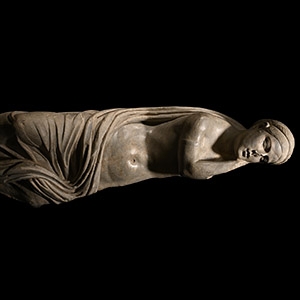
.jpg)
.jpg)

.jpg)

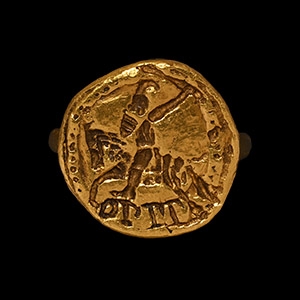
.jpg)

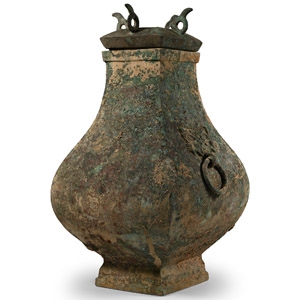
.jpg)
